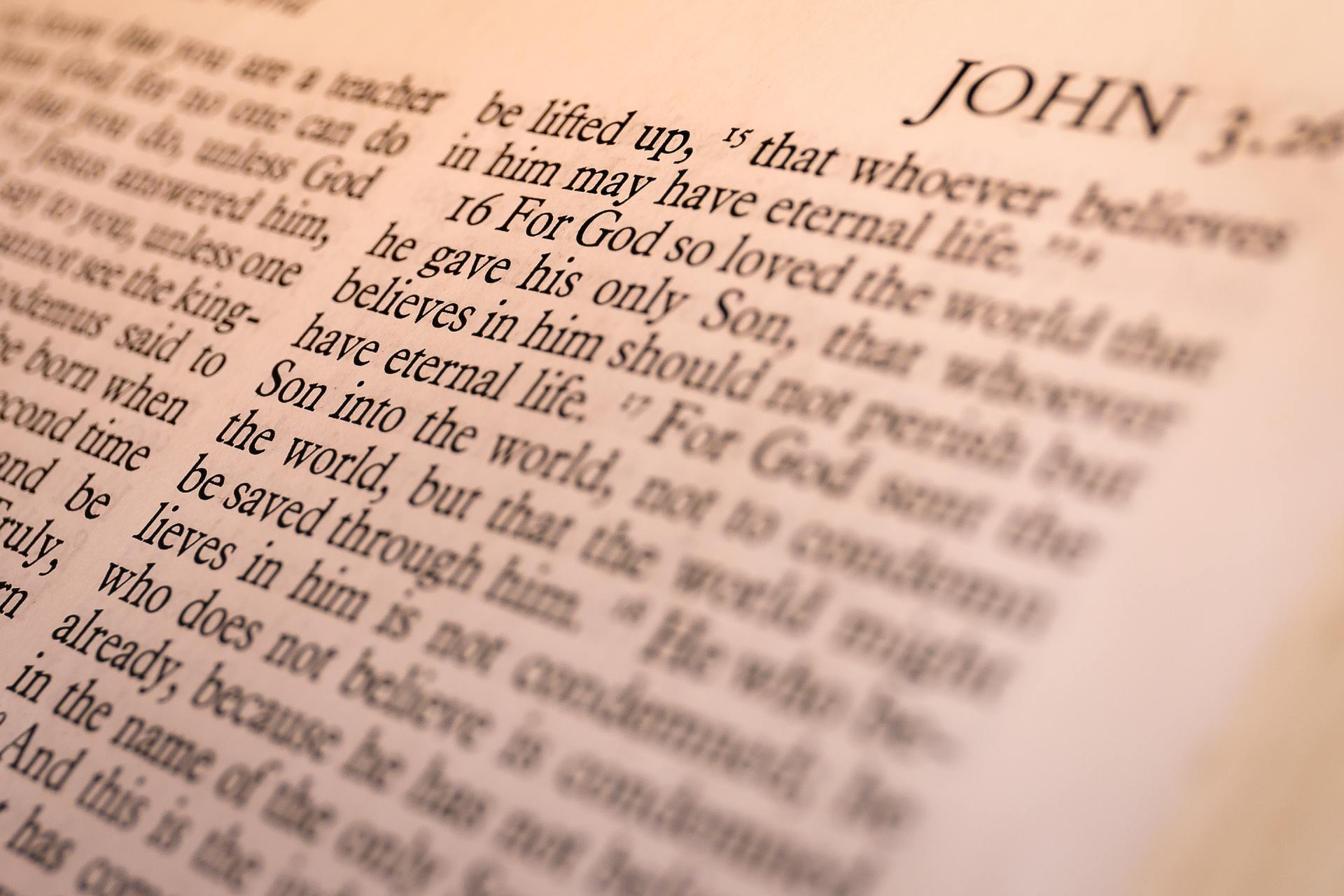Saints
The Saints in Scripture
Martyrs
As Christianity developed, the word saint came to be used more commonly to designate specific individuals who were held to be exemplars of the faith, and who were commemorated or venerated as inspirations to other Christians.
In the beginning of our Church’s history, many witnessed to their faith by giving their lives. Many of the followers of Christ were martyred rather horrendously. Some early saints were stoned, as was Stephen. In the Acts of the Apostles we read: “They threw him out of the city, and began to stone him….As they were stoning Stephen, he called out, ‘Lord Jesus, receive my spirit.’ Then he feel to his knees and cried out in a loud voice, ‘Lord, do not hold this sin against them;’ and when he said this, he fell asleep” (Acts 7:58-60).
Tradition has it that Peter chose to be crucified upside down and that St. Paul was beheaded. Ignatius of Antioch, was "ground like wheat" by the teeth of animals. Perpetua and Felicity, two young women, had to wait until after Felicity's baby was born before they could face the lions. During this time Perpetua wrote down her thoughts, giving us a firsthand account of martyrdom.
Tertullian rightly said that the blood of the martyrs was the seed of the Church.
Canonization
Since the 10th century, the Church has officially applied the standard of holiness of life to certain individuals who lived exemplary Christian lives and through a lengthy process of prayer and study have declared that the individual is in heaven. Contrary to the belief of some, the Church does not "create" saints, but simply applies the standard of gospel holiness to those God permits the Church to know are in heaven. Canonization is a process that includes the calling forth of witnesses, verification of miracles and other holy actions and much research and scrutiny.
There are many books on the saints. For more information and resources on the saints, visit www.osv.com.







